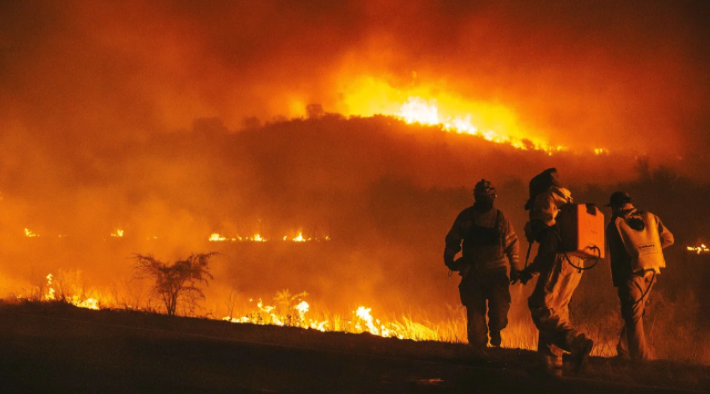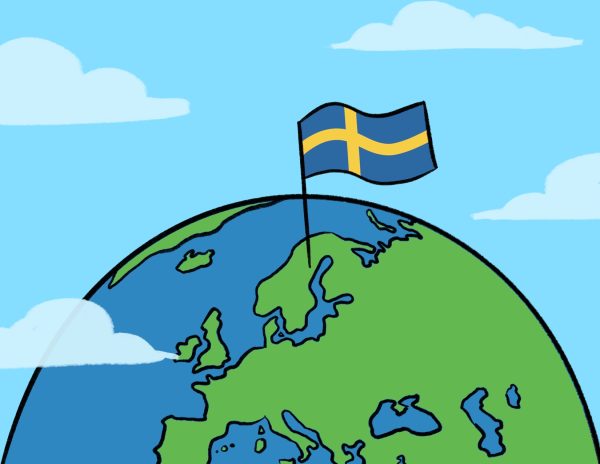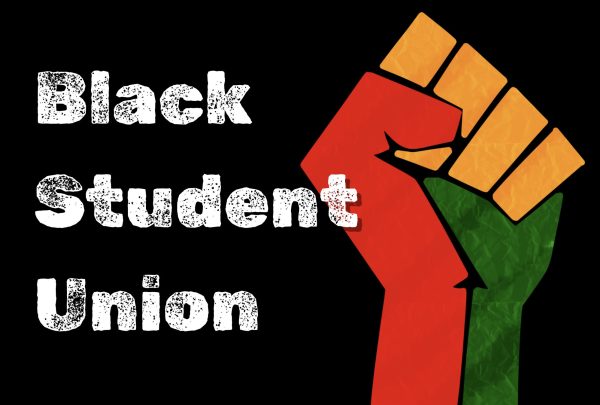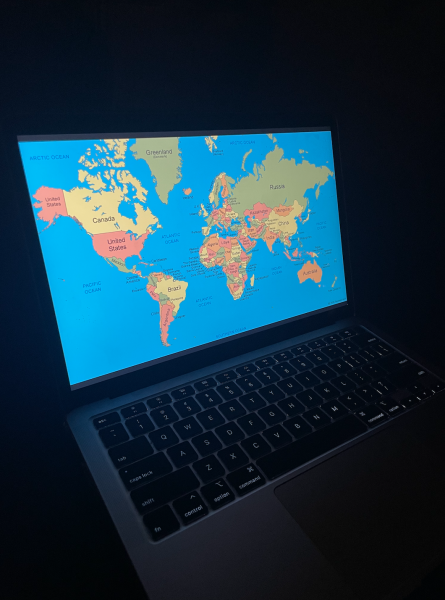Argentina Ablaze
Since the first week in August, Argentina has been continually struck by devastating wildfires targeting forests and grasslands alike. The effects of these wildfires have been disastrous on both Argentina’s agriculture and populated cities.
Argentina’s northwestern cities, specifically Punilla and Ischilín’s grasslands and mountainous regions, have been most affected by the wildfires. Over 55 square miles of biodiverse land and rural farming areas have been burned. Following the Punilla and Ischilín fires, officials reported roughly 6,235 subsequent individual fires, unitedly claiming the title of the worst fires in Argentina in a decade.
There has been no official statement released as to the cause of the fires. However, scientists have hypothesized that ranchers had planned to start small, controlled fires to make more room for capitalistic agricultural ventures; the fires then spiraled out of control due to powerful winds and dry weather. The low water-levels in the Parana River, paired with the exploitation of the carbon-rich soil, created the perfect fuel for the conflagration.
As for the consequences on the human-populated areas, Argentina’s Environment and Sustainable Development Ministry has announced that power lines have collapsed in the surrounding areas, leaving many without electricity or information. The cities in the direct path of the wildfires have been evacuated due to concerns for air toxicity from the smog. Furthermore, neighboring communities reported losing their homes and livestock in the blaze, thereby worsening poverty in Argentina. The damage to the biodiversity of the forests has threatened the availability of clean air and drinking water for millions of people, placing Argentinian citizens at high-risk for experiencing adverse health and safety issues.
It is not only Argentina’s citizens who are in a high-risk situation. Its non-human inhabitants, such as the capybara, also require emergency assistance. These animals’ main water source is the Parana River, which has been overrun by the fires. The fires fueled by the organic carbon in the soil have also released a great amount of halogens, posing a possible threat to the atmosphere. Likewise, scientists fear damage to the ozone layer—as the forests influence climate change directly—though the damage cannot be properly assessed until the fires pass.
Fabian Dayde, a volunteer firefighter, explained, “We are in a ‘stand-by’ stage, waiting. It is not the rain that causes the end of the cycle, it’s a change of seasons.” He expects the fires to calm down by spring or by the end of the season.
Fortunately, the fires have opened the door to legislative debates and action to quickly assess and control the wildfires. This legislature will also make sure another disaster, like this one, will not repeat.

Layan Al-Khaled is a Senior at South, and is the News Editor for Stinger. With her love for writing, reading, and research, she was inspired to join Stinger. Layan...











